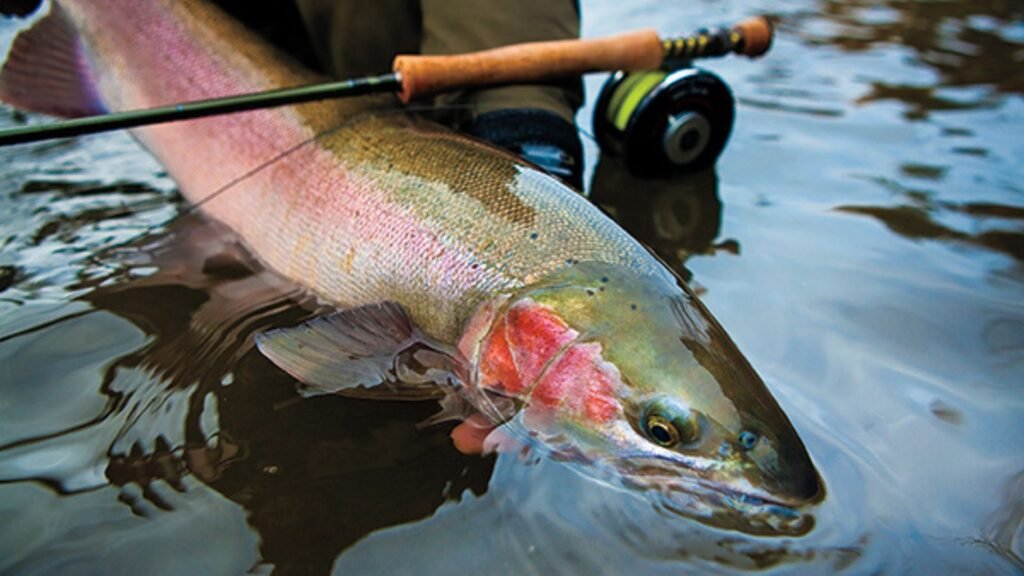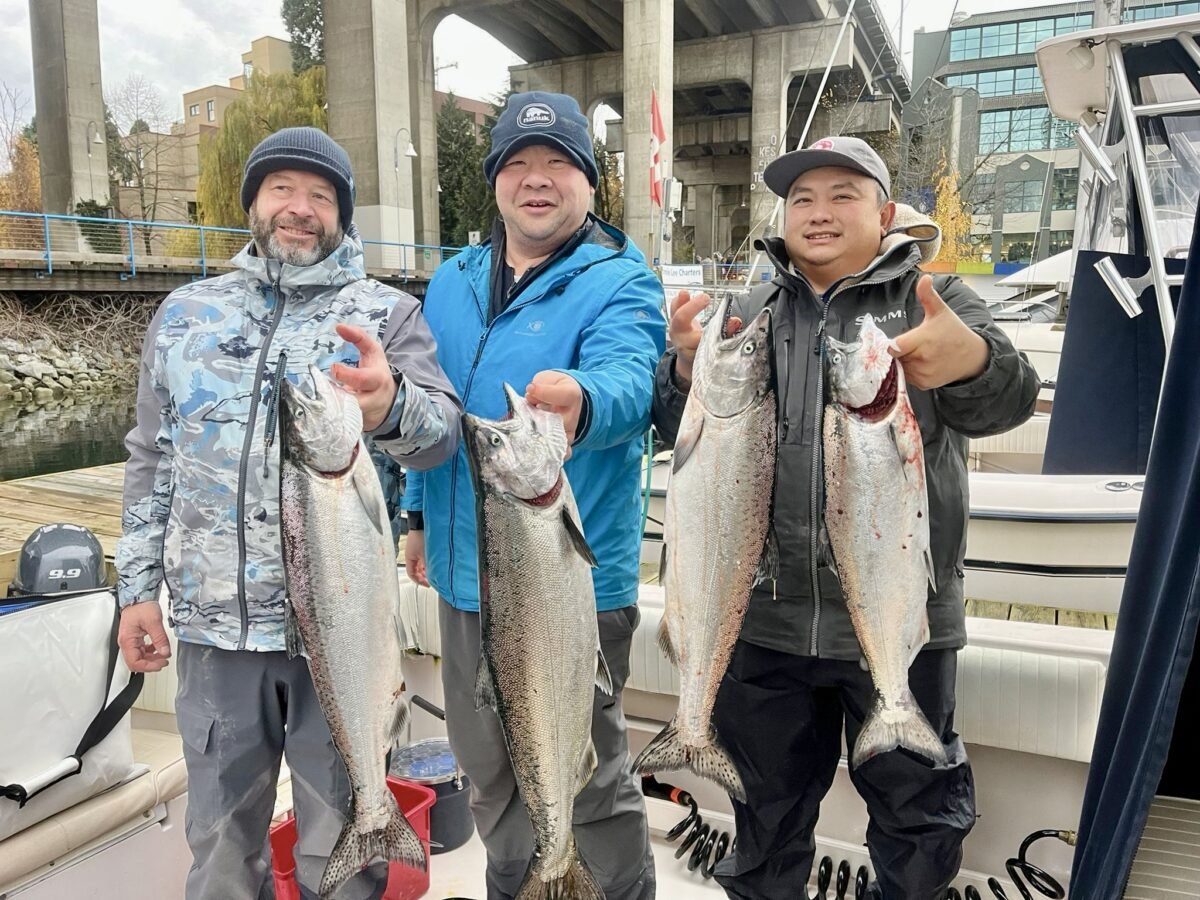Matching the hatch is a fundamental skill in salmon fly fishing that can significantly increase your chances of success. This technique involves identifying the insects hatching on the water and selecting flies that closely resemble them. By understanding the life cycles of aquatic insects and the feeding habits of salmon, anglers can effectively replicate natural prey, enticing strikes from wary fish.

Best Tips for Matching the Hatch in Salmon Fly Fishing
Tips for Matching the Hatch in Salmon Fly Fishing:
- Understand Life Cycles: Learn about the life cycles of aquatic insects relevant to salmon fishing. This knowledge helps you anticipate when specific insects will hatch and what stage they are in (nymph, emerger, dun, spinner).
- Collect and Analyze Samples: Use a seine net or hand net to collect samples of insects from the water. Examine them closely to determine their size, color, and behavior. This hands-on approach provides valuable insights into what the fish are feeding on.
- Learn Local Variations: In different regions and waters, insects may vary in size, coloration, and behavior. Local knowledge and experience can guide you in selecting the most effective fly patterns for specific locations and seasons.
- Keep a Diverse Fly Box: Maintain a well-stocked fly box with a variety of patterns that cover different insect species and stages. Include nymphs, emergers, duns, and spinners in various sizes and colors to match the changing conditions throughout the day.
- Study Water and Weather Conditions: Insects hatch under specific conditions related to water temperature, flow, and weather. Monitor these factors closely to predict when hatches are likely to occur and adjust your fishing strategy accordingly.
- Use Imitative Techniques: Beyond selecting the right fly pattern, use casting and presentation techniques that mimic the natural behavior of insects. This includes delicate presentations for mayflies and caddisflies, or skating flies for stoneflies and terrestrials.
- Experiment with Emergers and Nymphs: Often, fish key in on emergers and nymphs just below the water’s surface before insects fully hatch into duns or spinners. Fishing with imitative emergers or nymphs can be highly effective during these stages.
- Blend In with the Environment: Choose flies that blend in with the surroundings and match the current color of the water and vegetation. Natural-looking flies are less likely to spook fish and more likely to elicit strikes.
- Stay Flexible and Observant: Be prepared to adapt your approach as conditions change throughout the day. Pay attention to rises, surface activity, and the behavior of fish to refine your fly selection and presentation technique.
- Practice and Patience: Matching the hatch requires practice and patience. The more time you spend on the water observing insect activity and experimenting with different flies, the more successful you will be in consistently catching salmon.
Conclusion:
Mastering the art of matching the hatch in salmon fly fishing involves a combination of knowledge, observation, and adaptability. By understanding the life cycles of aquatic insects, collecting samples, and maintaining a diverse fly box, anglers can increase their chances of success on the water. Each fishing trip presents opportunities to refine your skills and enjoy the thrill of enticing salmon with precisely matched fly patterns. Keep exploring, experimenting, and learning from each experience to become a more proficient hatch matcher and a successful salmon angler.



